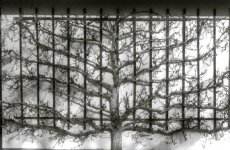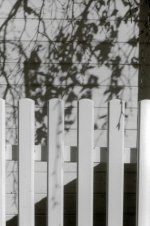Fabian
Established
Hello there
I got my first few rolls back from the lab and I am a litttle bit disapointed, to be honest. All the pictures where shot with an Industar-22 and on either Tri-x or Tmax 100. Most pictures have a huge lack of contrast. On the other hand some are allright. So I guess its the labs fault and not the lens.(maybe its mine?).
Anyway I can't get a darkroom because I neither have the room or the time. Plus I've got a one year old daughter all over the place and my wife would freak out if started messing round with all those chemicals.
So the only other idea I have is to get them scanned in the lab (someday buy my own scanner), correct what is necessary in PS and send the files to a printing service.
My question now is: What quality can I expect and do pictures shot with old lenses like the 5cm Elmar handle the digital change well. I hope you understand what I mean. If you compare one negative printed the classical way and the same negative scanned and printed the digital way, what would the differences look like.
Any help or any other idea would be helpful
Thanks
Fabian
I got my first few rolls back from the lab and I am a litttle bit disapointed, to be honest. All the pictures where shot with an Industar-22 and on either Tri-x or Tmax 100. Most pictures have a huge lack of contrast. On the other hand some are allright. So I guess its the labs fault and not the lens.(maybe its mine?).
Anyway I can't get a darkroom because I neither have the room or the time. Plus I've got a one year old daughter all over the place and my wife would freak out if started messing round with all those chemicals.
So the only other idea I have is to get them scanned in the lab (someday buy my own scanner), correct what is necessary in PS and send the files to a printing service.
My question now is: What quality can I expect and do pictures shot with old lenses like the 5cm Elmar handle the digital change well. I hope you understand what I mean. If you compare one negative printed the classical way and the same negative scanned and printed the digital way, what would the differences look like.
Any help or any other idea would be helpful
Thanks
Fabian
Attachments
Last edited:



